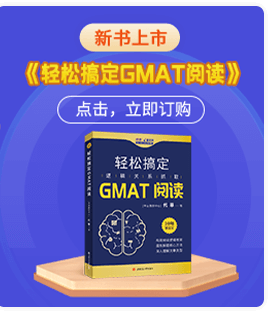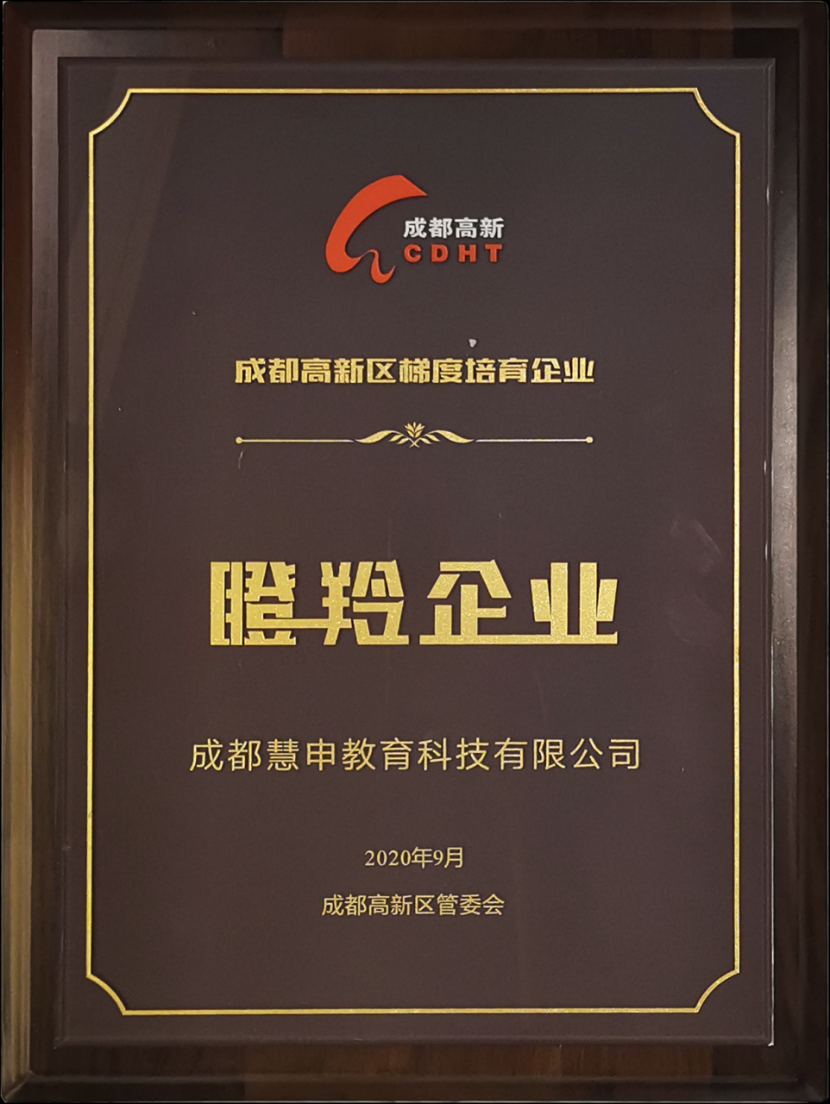视频解析
文字解析
Inference
>This question requires making an inference based on information given in the passage. As part of the passage’s description of Lebsock’s contribution to the historiographical debate about women’s status in the eighteenth and nineteenth centuries, Lebsock’s conclusions
about women’s autonomy are described. As part of this description, the passage cites Lebsock’s conclusion that nineteenth-century women lost economic autonomy when compared to eighteenth-century women (lines 17–20).
A.The passage states that in many ways women in the nineteenth century lost power in relation to men (line 23), which would imply that in those respects eighteenth-century women had more power in relation to men, not less. The only increase mentioned in nineteenth-century women’s power is associated with owning more real estate.
B.The passage states that more nineteenth-century women owned real estate.
C.Correct. As the passage states, Lebsock concluded that nineteenth-century women lost economic autonomy compared to eighteenth-century women.
D.The passage states that nineteenth-century women gained more independence in their private lives.
E.The passage cites school superintendents as an example of an occupation more likely to be held by eighteenth-century women.
The correct answer is C.
GMAT会员
- 【OG18-P680-668题】In a review of 2,000 studies of human behavior that date back to the 1940s, two Swiss psychologists, declaring that since most of the studies had failed to control for such variables as social class and family size, none could be taken seriously.
- 【OG18-P680-671题】Manufacturers rate batteries in watt-hours; if they rate the watt-hour higher, the longer the battery can be expected to last.
- 【OG18-P680-672题】At the end of the 1930s, Duke Ellington was looking for a composer to assist him-someone not only who could arrange music for his successful big band, but mirroring his eccentric writing style as well in order to finish the many pieces he had started but never completed.
- 【OG20-P569-634题】Snowmaking machines work by spraying a mist that freezes immediately on contact with cold air. Because the sudden freezing kills bacteria, QuickFreeze is planning to market a wastewater purification system that works on the same principle. The process works only when temperatures are cold, however, so municipalities using it will still need to maintain a conventional system. Which of the following, if true, provides the strongest grounds for a prediction that municipalities will buy QuickFreeze's purification system despite the need to maintain a conventional purification system as well?
- 【OG20-P147-8题】(12 -13 )+(13 -14 )+(14 -15 )+(15 -16 )=

添加官方小助手微信
了解更多GMAT考试与咨询

Copyright © 2021 All Right Reserved 申友雷哥教育 版权所有 沪ICP备17005516号-3 免责声明 互联网经营许可证编号:沪B2-20210282















 400-1816-180
400-1816-180





 资深讲师题题有解析
资深讲师题题有解析





















 12G备考资料
12G备考资料